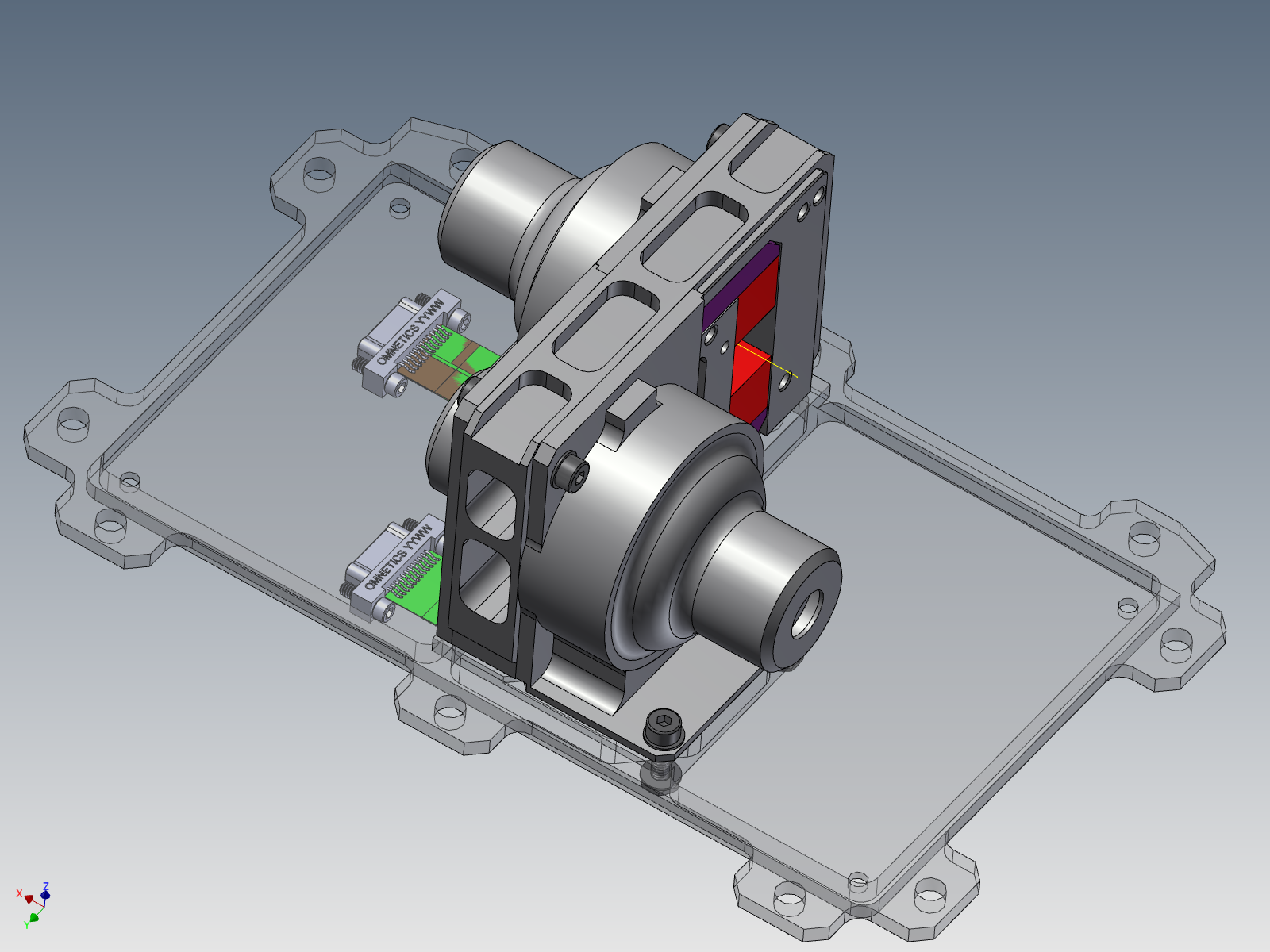
The Electron and Proton Telescope (EPT) design has heritage from STEREO SEPT. EPT relies on the magnet/foil technique adapted from STEREO/SEPT to separate and measure electrons in the energy range from 20 - 400 keV and protons in the energy range from 60 - 7000 keV. EPT will cover the gap between low and high energy particles measured by STEP and HET respectively. The energy range, energy resolution, time resolution and pointing directions have been optimized to provide crucial constraints on the acceleration and propagation of energetic particles. EPT consists of two double-ended telescopes and is integrated together with HET into a unit with a common housing and read-out electronics. There are two EPT/HET units that provide directional information about the incoming particles: EPT/HET-1 is pointing sunward and anti-sunward along the nominal Parker spiral and is located on the -y deck o f the spacecraft, EPT/HET-2 is pointing northward and southward and is located on the +y deck of the spacecraft


The Figure shows an schema of one of the EPT sensors. EPT uses a magnet-foil technique for particle separation. Each double-ended telescope has two closely separated SSDs operating in anticoincidence. One of the SSDs looks through an absorption polyamide foil while the second looks through a magnetic deflection system. The magnet system consists of two pairs of permanent magnets, which are in charge of creating the neccesary magnetic induction through to deflect the electrons. In order to mantain magnetic cleanliness, long-range field is attenuated placing the two oppositely polarized magnetic dipoles at close distance. A polyamide foil is used to stop low-energy protons while leaving electron spectra mostly unaffected. The magnet is designed to sweep away electrons below 400 keV, but leaves ions unaffected. In the absence of ions with E > 400 keV, the foil SSD only detects electrons, and the magnet SSD detects only ions. Ions from 20 keV to 7 MeV/n will stop in the magnet SSD and their fluxes will be cleanly measured. The contribution of > 400 keV ions to the foil SSD can then be computed and subtracted to obtain the electron fluxes.